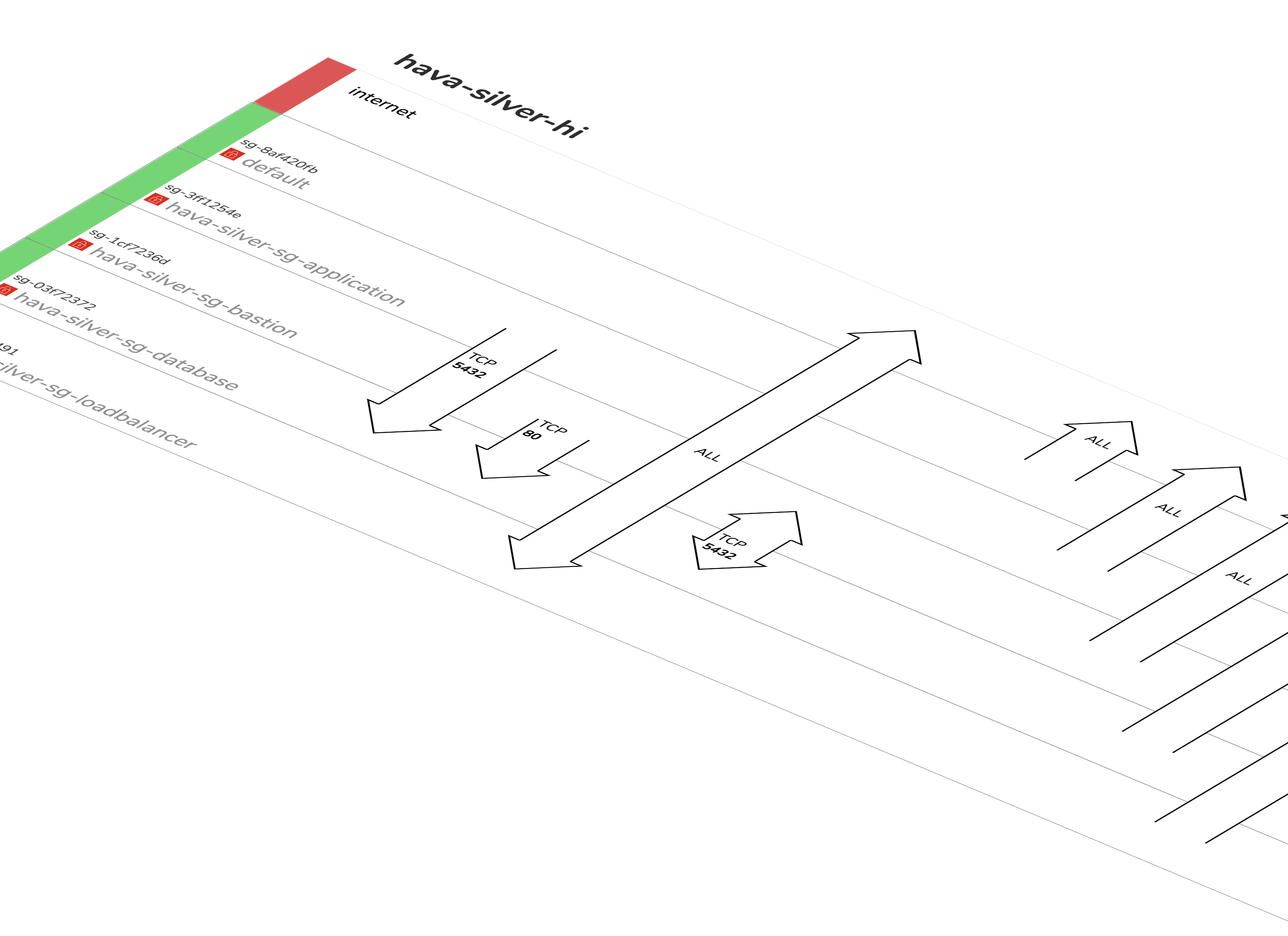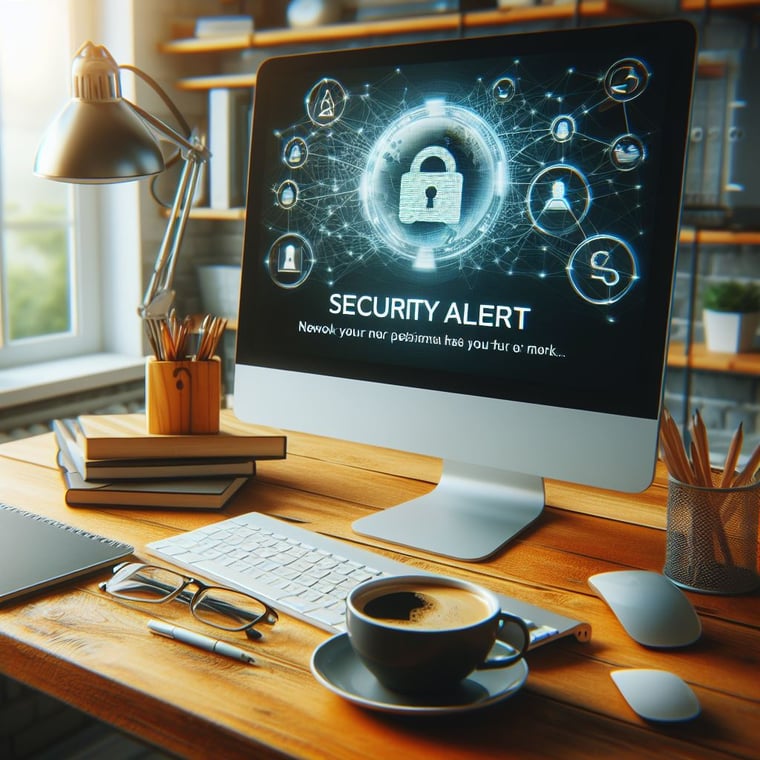Once the plan is updated, it's crucial to test its effectiveness. Conducting a DR drill can reveal gaps in your strategy and provide valuable insights into how your team responds under pressure. These tests should simulate various scenarios, including data breaches, system failures, and natural disasters, to ensure that the plan covers a wide range of potential issues.
Testing also helps in training new staff members and refreshing the knowledge of existing team members. It's an opportunity to fine-tune communication plans, data recovery processes, and the roles and responsibilities of each team member during a crisis.
Remember, a disaster recovery plan is only as good as its execution. Regular testing and updates ensure that when a real disaster strikes, your team is well-prepared to respond swiftly and effectively, minimizing downtime and protecting critical business operations.
3. Perform System Updates and Patches
Maintaining the security and efficiency of IT systems is an ongoing challenge, and December is an opportune time to focus on regular maintenance tasks, system updates and patches. This task is crucial ensuring systems function properly, for protecting against vulnerabilities and ensuring that all in house systems operate at peak performance with the latest security patches ensuring smooth running software efficiency.
Begin by identifying any software, operating systems, or enterprise applications that are due for updates using diagnostic tools or cloud architecture diagrams. Prioritize these preventive maintenance updates based on the criticality of the computer systems and the severity of the vulnerabilities they address.
Implementing patches can sometimes be disruptive, so take advantage of the reduced business activity during this period to minimize the impact on day-to-day operations. Ensure that all preventive maintenance updates are tested in a controlled environment before full deployment to avoid unexpected issues, software problems or data loss.
This is also an ideal time to review and refine your patch management strategy, ensuring it is aligned with best practices and your organization's specific needs.
Additionally, consider automating the update process where possible. Automation tools can streamline the deployment of patches, this predictive maintenance reduces the likelihood of human error, and ensure timely application of critical updates.
By dedicating time in December to system updates and patches, you not only enhance your organization's security posture but also enter the new year with systems that are up-to-date and less susceptible to downtime and performance issues due to outstanding it maintenance issues.

4. Review and Update IT Policies, Procedures and Documentation
The end of the year is an opportune time to review and update your organization's IT policies and procedures. This task is crucial for ensuring that your IT operations align with both current technology trends and business objectives.
Start by evaluating existing policies for data management, security, user access, and disaster recovery. Assess whether these policies still meet the needs of your organization and comply with any new regulations or industry standards that may have emerged.
Updating procedures is equally important. Procedures should be clear, concise, and easily accessible to all relevant staff members. Ensure that they reflect any new technologies or systems that have been implemented over the year. This review might also reveal outdated practices that can be optimized or automated, leading to increased efficiency.
In addition to internal policies, consider the impact of external changes such as new data protection laws or industry-specific compliance requirements. Updating your policies to reflect these changes is essential for maintaining legal compliance and protecting your organization from potential liabilities.
Cloud based infrastructure can be complex and confusing. Mapping out your cloud architecture using Hava ensures your documentation is up to date and remains updated on auto pilot. Use December to ensure all your cloud accounts are connected as a datasource so that your IT team has the information and up to date diagrams on hand in the new year.
Once updates are made, communicate these changes effectively to all staff members. By taking the time in December to review and update your IT system policies and procedures, you can ensure that your team is well-prepared and compliant for the year ahead.
5. Clean Up and Organize Digital Files
The end of the year is the perfect time for a digital spring cleaning. Over time, digital clutter, such as outdated files, unused applications, and redundant architecture and data, can accumulate, leading to inefficiencies and potential security risks. December's quieter period offers an excellent opportunity for IT departments to organize and declutter their digital landscape.
Start by identifying and archiving old files that are no longer in active use but may be needed for future reference. This not only frees up valuable storage space but also makes it easier to navigate and locate important files. Next, focus on deleting unnecessary data that serves no purpose. This might include temporary files, duplicate documents, or outdated versions of software.
Review cloud storage and shared drives for any disorganization. Create a logical structure for file storage, if one isn’t already in place, and ensure that all files are correctly categorized and stored in the appropriate folders. This organization is crucial for improving efficiency and reducing the time spent searching for documents. A little it maintenance in this area goes a long way.
Additionally, consider implementing or updating your data retention policy. This policy should outline how long different types of data are kept and the procedures for their eventual disposal. A clear data retention policy not only helps in maintaining an organized digital environment but also ensures compliance with data protection regulations.
Finally, communicate the importance of digital cleanliness to all staff members. Encourage them to take the time to organize their own files and adhere to the established data management policies. By dedicating time in December to clean up and organize digital files, your IT department can start the new year with a streamlined, efficient it system, and secure digital environment.
6. Enhance Network Security Measures
With cyber threats constantly evolving, enhancing network security is a critical task for IT departments, and December provides an ideal time to focus on this. Start by conducting a thorough review of your network security measures. Assess the effectiveness of your current security protocols, firewalls, cyber attack intrusion early detection systems, and anti-virus software. Ensure they are not only up-to-date but also adequate for the latest types of cyber threats.
Consider implementing additional layers of security if needed. This could include advanced threat protection tools, software updates, enhanced encryption methods, or more robust access controls. Evaluate the security of your Wi-Fi networks and consider preventive maintenance updates or additional safeguards, especially in areas where sensitive data is transmitted.
Another key aspect is reviewing user access levels. Ensure that they are appropriately set according to job roles and responsibilities, minimizing the risk of internal threats. Regularly updating passwords and implementing multi-factor authentication can significantly enhance security. In terms of AWS you can use the Hava AWS compliance report to assess user and roles not in use.
Review cloud security group settings. A quick glance at a Hava Azure or AWS security view diagram will highlight how traffic enters your virtual networks and what visitors can access and more often than not you may see ports or protocols that are open to the public but shouldn't be.

Lastly, ensure that all team members are aware of the latest security protocols and understand the importance of adhering to them. Regular training sessions on cybersecurity best practices for both online and personal computer security can significantly reduce the risk of security breaches caused by human error.
By taking these steps in December, you can strengthen your network's defenses and enter the new year with a more secure and resilient IT infrastructure.
7. Plan Staff training on IT Best Practices and Security Awareness
The human element is often the most vulnerable in any IT infrastructure. December is an ideal time to focus on scheduling training staff in IT best practices and security awareness. This training is crucial for empowering employees to become the first line of defense against cyber threats.
Start by planning comprehensive training sessions that cover a range of topics, including password security, security scans, phishing awareness, safe internet practices, and proper handling of critical data. Tailor the content to be relevant to your organization's specific systems and potential threats. Interactive and engaging training methods, such as workshops, webinars, or even gamified learning experiences, can increase participation and retention of information.
Also, consider specialized training for staff members with access to critical systems or confidential data. This training should be more in-depth and focused on the specific security measures and protocols relevant to their roles.
Regularly updating and repeating these training sessions ensures that all staff, including new hires, are consistently informed and reminded of their role in maintaining the organization's cybersecurity posture.
By investing time in December to plan training for your staff, you not only enhance the overall security of your organization but also foster a culture of cybersecurity awareness that extends beyond the IT department.
8. Plan IT Budget and Projects for the New Year
As December rolls in, it's time for IT departments to look ahead and plan for the upcoming year. This usually involves setting a budget and outlining key projects that align with the organization's goals and technological advancements. Effective planning during this period can set the tone for a successful year ahead.
Budgeting for Future Needs
-
Begin by reviewing the current year's expenditures to understand where the budget was well-utilized and where adjustments are needed.
-
Anticipate upcoming needs, such as hardware upgrades, cloud services, software licenses, or additional staffing requirements.
-
Factor in potential costs for new technologies or innovations that could benefit the organization.
-
Ensure that the budget includes a contingency fund for unexpected expenses or opportunities that may arise.
Outlining Key IT Projects
-
Identify and prioritize IT projects that support the organization's strategic objectives. This could include infrastructure upgrades, cybersecurity enhancements, or digital transformation initiatives.
-
Consider the feasibility of each project, including timeframes, resource requirements, and potential ROI.
-
Plan for ongoing or phased projects, ensuring that they are aligned with the overall IT strategy and business goals.
Collaboration and Approval
-
Collaborate with other departments to understand their IT needs and how they align with the broader organizational objectives.
-
Present the proposed IT budget and projects to senior management for approval, ensuring that they understand the value and impact of each item.
Preparing for Implementation
-
Once the budget and projects are approved, start preparing for implementation. This might involve vendor negotiations, resource allocation, or setting up project management structures.
-
Communicate the plan to the IT team and other stakeholders, ensuring everyone is on board and understands their roles and responsibilities.
By dedicating time in December to carefully plan the IT budget and key projects for the new year, you can ensure that your department is well-prepared to meet both the business network challenges and opportunities that lie ahead.
9. Perform Hardware Maintenance and Upgrades
The end of the year is an opportune time for IT departments to focus on physical hardware corrective maintenance and consider necessary upgrades. While the majority of office based staff are away, you can undertake regular it maintenance tasks with better access for maximum productivity. This proactive approach can significantly enhance system performance and longevity, ensuring that the organization is well-equipped for the demands of the new year.
Routine Hardware Maintenance
-
Begin with a thorough inspection of all physical in house IT assets, including servers, workstations, IT network devices, and peripherals.
-
Perform routine corrective maintenance service tasks such as cleaning dust from components, checking and replacing any worn cables, and ensuring proper ventilation to prevent overheating.
-
Check the health of hard drives, batteries in uninterruptible power supplies (UPS), and other critical components that can affect system performance and reliability.
-
If your compliance policies dictate, take this time to test and tag electrical equipment while the majority of staff are on leave.
Assessing and Implementing Upgrades
-
Evaluate the current hardware equipment against the organization's operational requirements. Identify components that are nearing the end of their lifecycle or are no longer efficient.
-
Prioritize hardware upgrades that can offer significant improvements in performance, capacity, or maximum efficiency.
-
Plan for any major upgrades that require downtime, ensuring minimal disruption to business operations. This could include replacing aging servers, upgrading network infrastructure, replacing or removing outdated software or deploying new workstations.
Inventory Management and Asset Disposal
-
Update your hardware inventory to reflect any changes, additions, or disposals. Accurate inventory management is crucial for effective IT asset management and compliance.
-
Responsibly dispose of or recycle any outdated or non-functional hardware in accordance with environmental regulations and data security standards.
Preparing for the Future
-
As you perform basic it maintenance tasks and upgrades, consider future IT trends and how your it system hardware and software strategy aligns with them. This could involve investing in new technologies or planning for scalable solutions that can accommodate growth and eliminate weak points and data loss.
By dedicating time in December to company hardware it maintenance and upgrades, IT departments can ensure that their physical infrastructure is robust, efficient, and ready to support the organization's goals in the coming year.
10. Monitoring and Alerts Strategy
Keeping one step ahead of network and infrastructure changes is always critical. When a cloud resource is removed or added this can affect application performance, IT budgets or in a worst case scenario can break your production environments and crash applications.
When you use monitoring and alerts December is a great time to review what alerts are set up and who is receiving them.
Take Hava's built in architecture monitoring alerts for instance. These alerts are sent to team members or external email recipients whenever a cloud infrastructure change is detected. The alert recipient gets sent an email with a diff diagram attached showing exactly what has changed.
You can use the quiet time in December to ensure all your important cloud architecture is being monitored and that the right people like your security team or CTO is in the loop when cloud changes happen. You can also remove recipients that have moved on from your team or company.
This of course applies to any monitoring applications you are using.
Conclusion
As we close the chapter on another year, December presents a unique opportunity for IT departments and small businesses to reflect, regroup, and prepare for the challenges and opportunities of the new year.
The proactive tasks outlined in this blog post are not just routine it maintenance activities; they are strategic steps towards building a more resilient, efficient, and secure IT environment.
By taking proactive steps in December, IT departments can not only address the backlog of maintenance tasks but also set a strong foundation for the upcoming year.
If you are not currently using Hava to document and monitor your AWS, Azure or GCP cloud environments on auto-pilot, you can learn more here:















